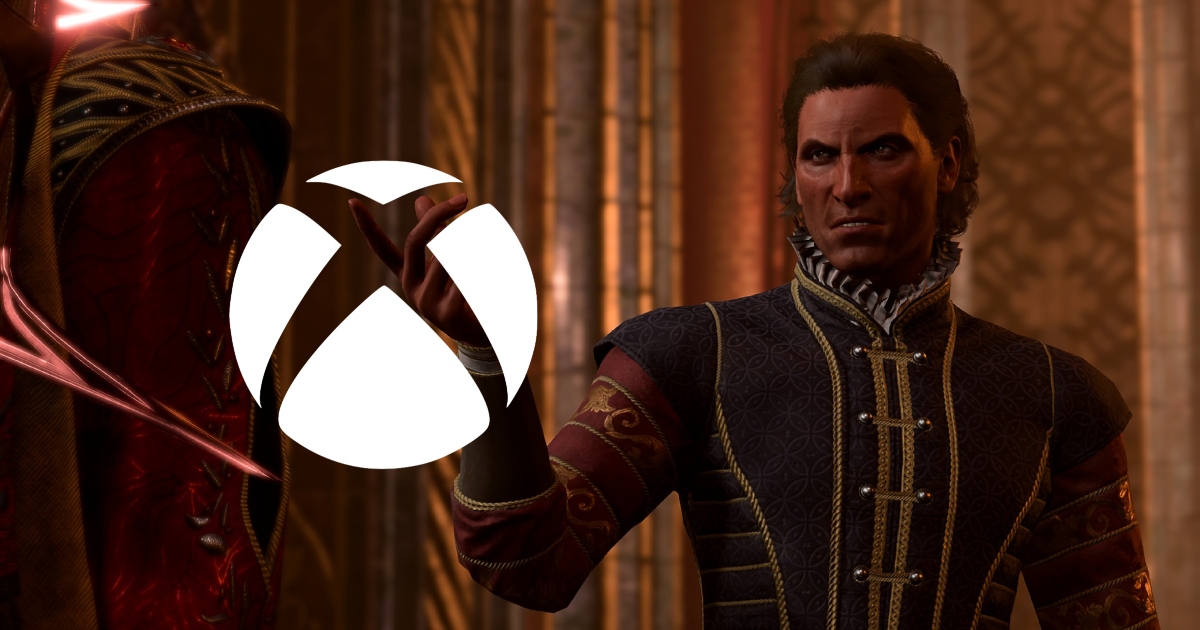Among the unredacted Xbox documents, which Microsoft accidentally leaked itself, was a list of third-party games that the company was eyeing as targets for potential Game Pass deals in 2022. Here are some insights into the possible amounts ranging from several to hundreds of millions of dollars.

September 19 marked the day of massive leaks for Microsoft, with unredacted versions of several confidential documents suddenly uploaded as part of its legal case with the US Federal Trade Commission (FTC).
One of the docs revealed that in 2020, Microsoft considered acquiring Nintendo, Valve, and Warner Bros (the ZeniMax deal was also privately discussed at the time).
All the unredacted information was eventually deleted by the court, with Judge Jacqueline Scott Corle confirming that it was none other than Microsoft that accidently leaked confidential Xbox documents.
However, most of the data is still available online. For example, there is an interesting email correspondence between Microsoft execs, including Microsoft Gaming CEO Phil Spencer, Xbox corporate VP Sarah Bond, and Xbox Game Studios head Matt Booty. It was widely discussed on platforms like ResetEra, and the images were also uploaded on Imgur.
Microsoft got into a “disaster situation” due to lack of Xbox first-party games
In May 2022, they discussed what Spencer called a “huge hole with [Xbox] games lineup” and the risk of going through a “gap of almost 16 months between big exclusive launches” on the platform. It was shortly before Bethestda publicly announced the delays of Starfield and Redfall to 2023.
“This is really a disaster situation for us given all we’ve invested in content across studios at our GP content fund,” Spencer’s email from May 7, 2022 reads. “We need to learn from this and build a plan forward. In terms of learning, I think we need to get much better at overall portfolio planning on our games with real honesty on dates.”
He suggested filling the content gap by signing third-party games and adding them to Game Pass, because having no big exclusives launching in 2022 is a “portfolio planning miss that [Microsoft] can’t afford.”
Microsoft CFO Tim Stuart then responded with a roadmap of planned third-party releases (accurate as of May 2022) for the FY23 (July 1, 2022 — June 30, 2023). It included titles like Madden 23, FIFA 23, Diablo IV, Overwatch 2, as well as still unreleased games such as Dragon Age 4 and Skull & Bones.
Later in the conversation, Bond cited the difficulties of getting Electronic Arts and Ubisoft to sign “D&D” deals — i.e. day-and-date launches on Game Pass. After that, Microsoft tried to look for more third-party options for the 2022 calendar year, and this is where things get interesting.
How much might it cost Microsoft to add third-party titles to Games Pass?
This unredacted email chain contains a detailed table to assess third-party games that could be added to Game Pass as day-and-date launches. More importantly, there is a column with the amounts that developers and publishers would ask, according to Microsoft’s assessments and expectations, in exchange for a D&D deal.
While the entire list of 18 games can be found below, and here are some findings with selected comments from Microsoft:
- Star Wars Jedi: Survivor — $300 million (dubbed “crown jewel”);
- Mortal Kombat 1 — $250 million (also a “crown jewel”);
- Assassin’s Creed Mirage — $100 million (“it’s a 1.5 version of AC”);
- Dying Light 2 — $50 million (“have been historically slow at responding/moving”);
- LEGO Star Wars: The Skywalker Saga — over $35 million (“negative crunch culture press will make then not want to push teams unreasonably”);
- Baldur’s Gate 3 — $5 million range (“second-run Stadia PC RPG”).

It is worth noting that this is all just a brief internal assessment of potential Game Pass deals, but it can still give some insight into Microsoft’s approach to this process. For example, Bond mentioned that while Jedi Survivor was a “crown jewel”, it wouldn’t provide a good ROI for the company.
However, what really stands out here is Baldur’s Gate 3. While no one probably expected the game to be such a massive hit, Microsoft labeling it as a “second-run Stadia PC RPG” and estimating it at only $5 million (on par with Just Dance and Return to Monkey Island) is a huge underestimation.
Larian Studios founder Swen Vincke even reacted to the leak: “That’s really misguided. Someone didn’t do their homework.”
The studio’s publishing director Michael Douse also commented on the matter, saying that it wasn’t just Microsoft that misguided Baldur’s Gate 3 — so did everyone else (except for the players, he clarified). The same happened with Divinity: Original Sin II, which wasn’t a blockbuster like BG3 but still became a huge commercial success (especially for a CRPG).
“Comes with the genre, and the way we approach things, and the way we execute things,” Douse explained. “There just isn’t any existing data that could have told anyone how BG3 was going to perform. We just had to take giant spooky leaps.”
Even Vincke himself expected the game to reach 100k concurrent users (CCU) at launch, but Baldur’s Gate 3 ended up peaking at over 875k CCU and taking Steam charts by storm.
